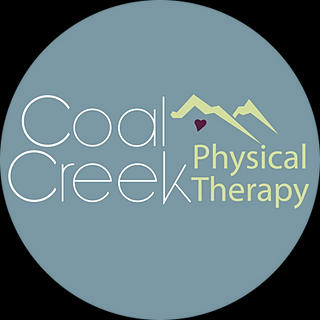When should a ballet dancer begin pointe work?
- Coal Creek PT
- Sep 18, 2018
- 2 min read
Ahhh…. The question every budding ballerina eventually asks their mother, father, or dance teacher! When, indeed, is the RIGHT time for a young dancer to begin to work on pointe (and have those beautiful shoes too?) Maybe you’ve heard that there is a “point” in time where it is ideal? Maybe you’ve heard that injuries can happen if started too soon? Maybe you don’t really know where to begin in making the decision?
Did you know that your Physical Therapist can help you to make this determination?

Most young dancers should meet the following criteria in order to be ready for the progression to working “en pointe”:
1. The child should be nearing skeletal maturity and in the slowing phases of growth. This means they should be at least 12 years old.
2. The dancer should have at least 4 years of experience in ballet, with good technique, and adequate frequency in their training to have the necessary strength and flexibility to perform the pointe work correctly. Typically, this means they should be dancing at least 4x/wk in ballet, and should be coached by their dance instructor in pre-pointe work with demi-pointe shoes until they are ready to graduate to “pointe”.
3. They should have the biomechanical capability to achieve the necessary position at the foot, toes, and ankles while stabilizing properly at these joints, as well as through their knees, hips and core.
As you can tell, the last criteria might not be quite as easy to determine for the lay person. A thorough evaluation by a skilled physical therapist, knowledgeable in the rehabilitation of the dancer, can provide the necessary information to make an informed decision on whether a dancer is ready to begin to study on pointe.
So, what if we don’t heed all the warnings and we give in to the very strong desire of the dancer to progress to pointe shoes?

Depending on the dancer, this may lead to injuries. If the dancer has underlying hypermobility (think loose ligaments… as many dancers tend to be very flexible), and insufficient strength or proprioception (ability to sense joint positions), they are at risk for overuse injuries, or possibly sprains. If the dancer is hypomobile (their toes cannot be as pointed as they should be –parallel or beyond the plane of the shin bone), then they will likely develop foot/toe pain and have to compensate at the knees, hips, or pelvis/spine. Physical therapy to treat such injuries, though it can be quite successful, is an undesireable complication and time-consuming for all. Prevention is key!
If you think you would benefit from a consult, please call Coal Creek Physical Therapy and request an assessment. Our phone number is 303 666 4151 or email us at coalcreekpt@gmail.com
Here's to happy feet!
Chantal McDonald PT, MSPT









Comments